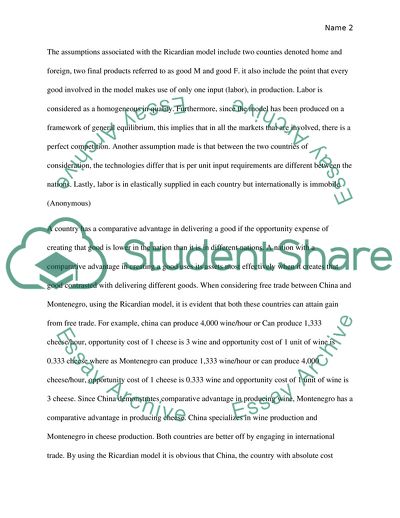Cite this document
(Econ Admission/Application Essay Example | Topics and Well Written Essays - 2250 words, n.d.)
Econ Admission/Application Essay Example | Topics and Well Written Essays - 2250 words. https://studentshare.org/macro-microeconomics/1836087-econ
Econ Admission/Application Essay Example | Topics and Well Written Essays - 2250 words. https://studentshare.org/macro-microeconomics/1836087-econ
(Econ Admission/Application Essay Example | Topics and Well Written Essays - 2250 Words)
Econ Admission/Application Essay Example | Topics and Well Written Essays - 2250 Words. https://studentshare.org/macro-microeconomics/1836087-econ.
Econ Admission/Application Essay Example | Topics and Well Written Essays - 2250 Words. https://studentshare.org/macro-microeconomics/1836087-econ.
“Econ Admission/Application Essay Example | Topics and Well Written Essays - 2250 Words”. https://studentshare.org/macro-microeconomics/1836087-econ.


